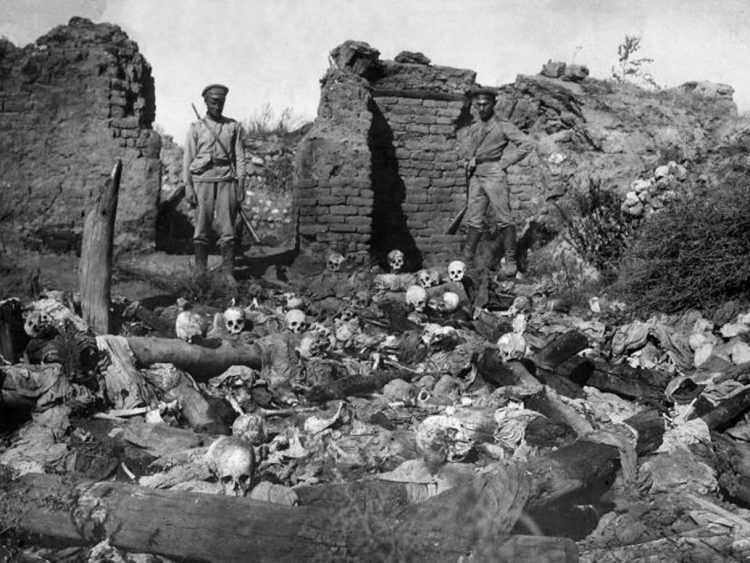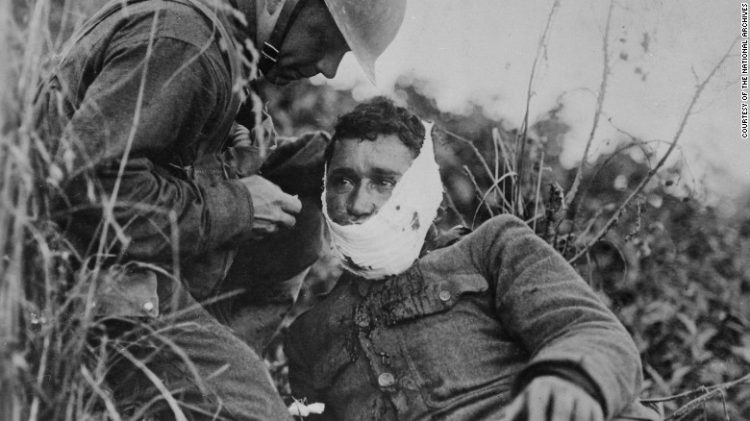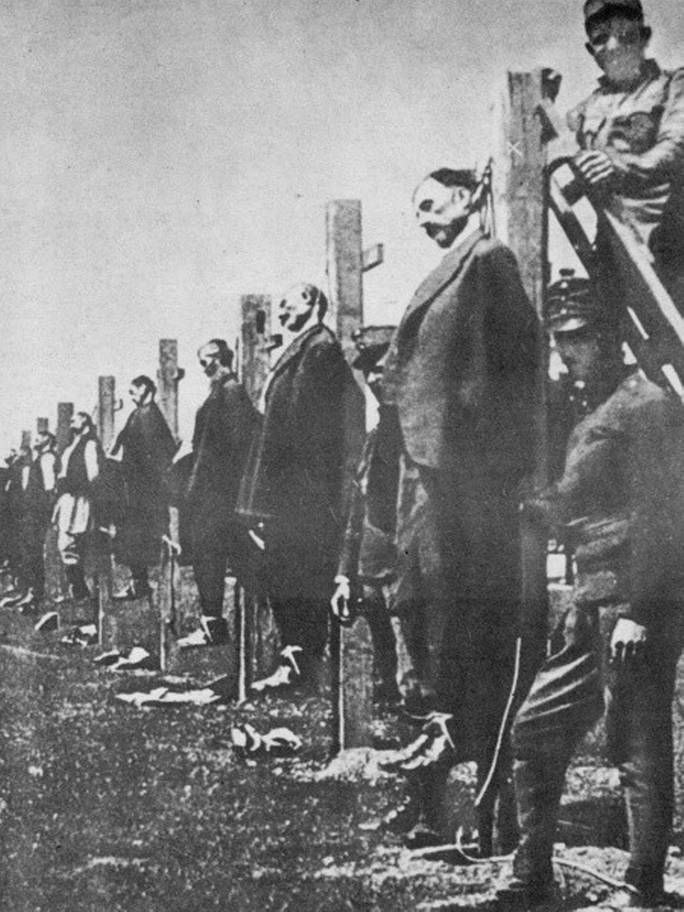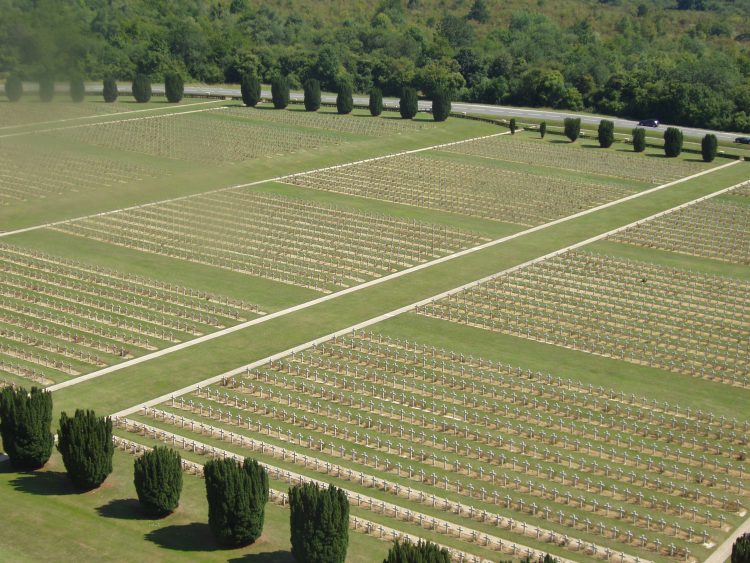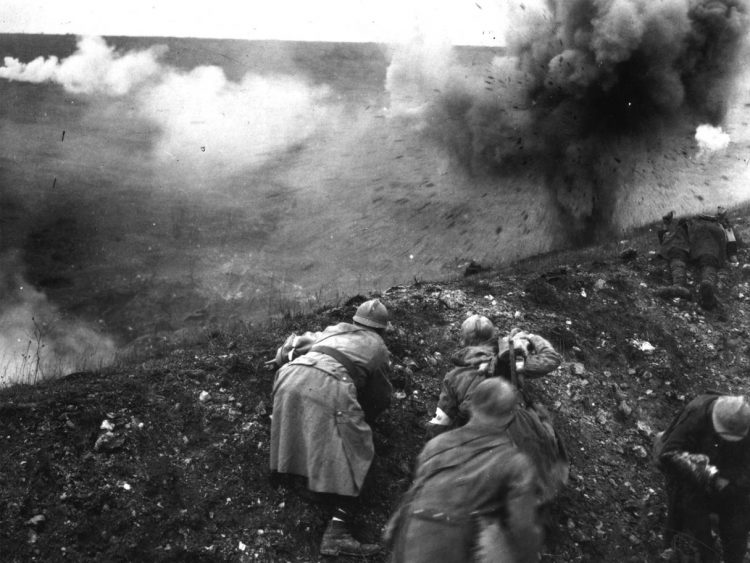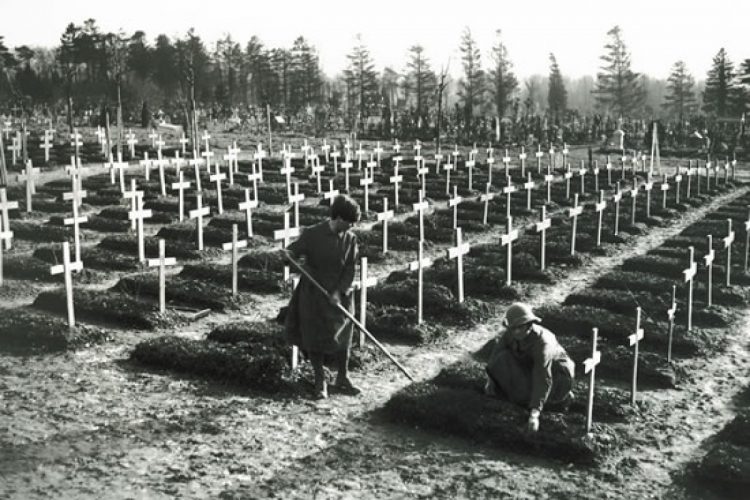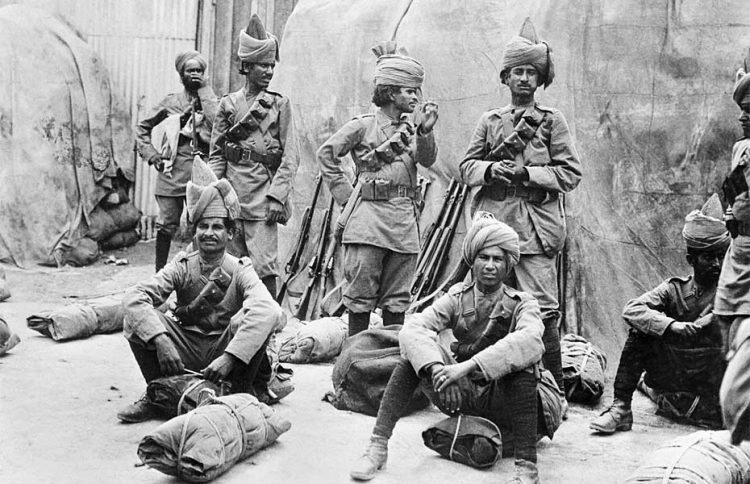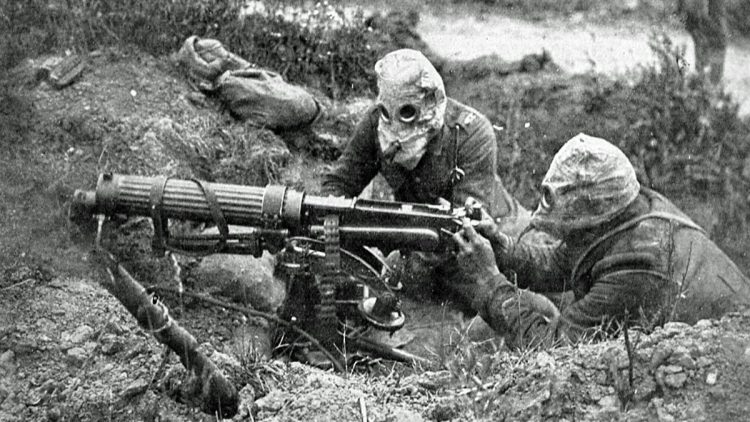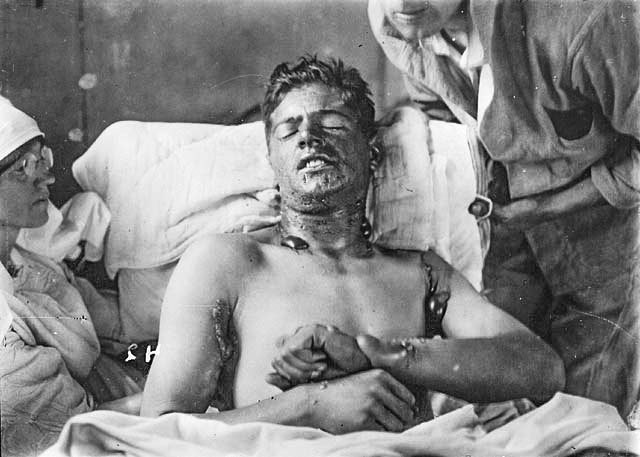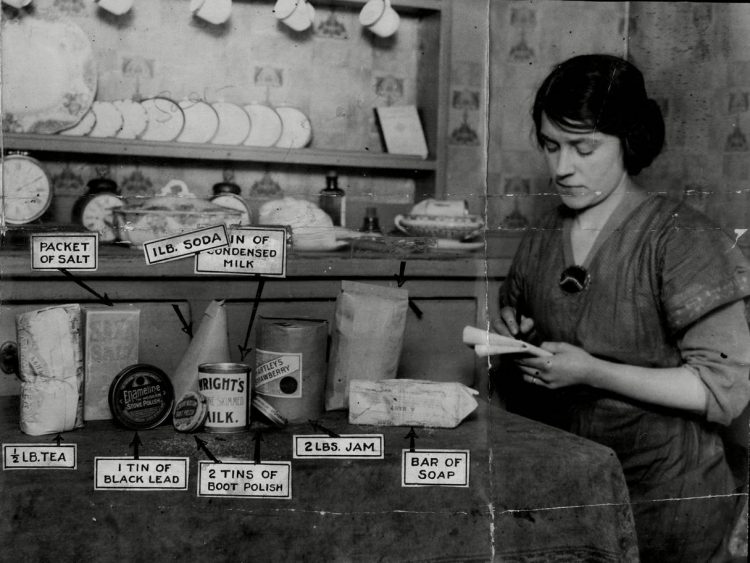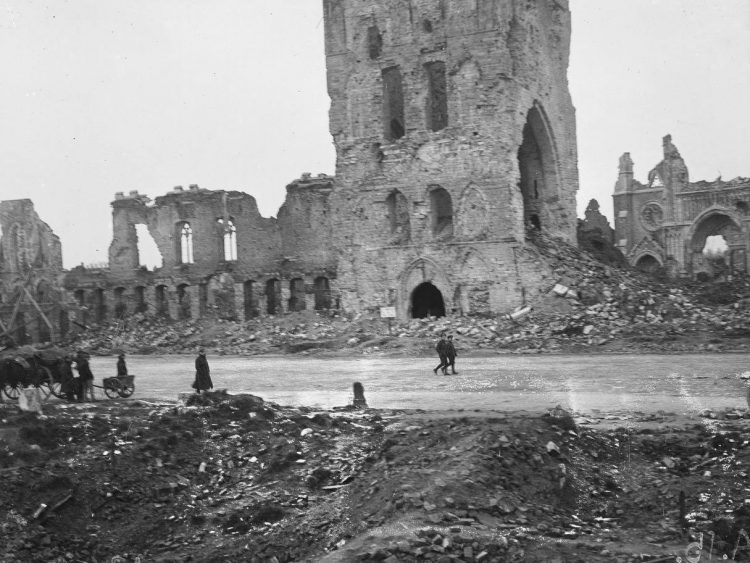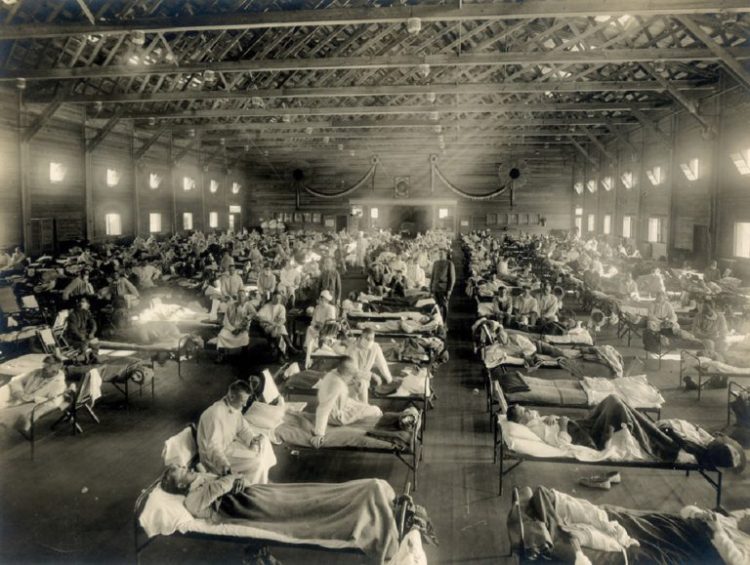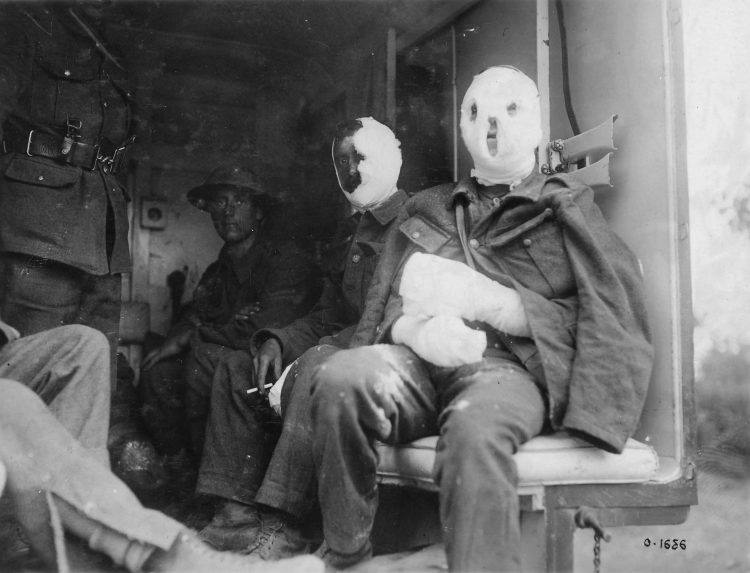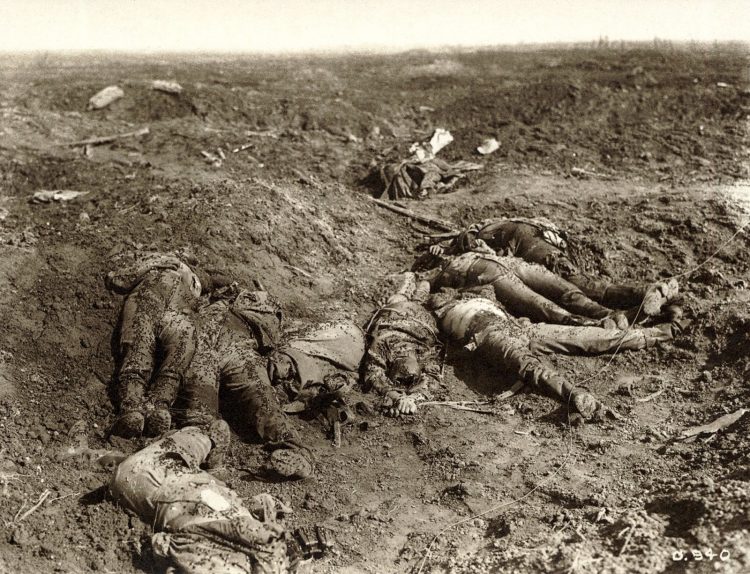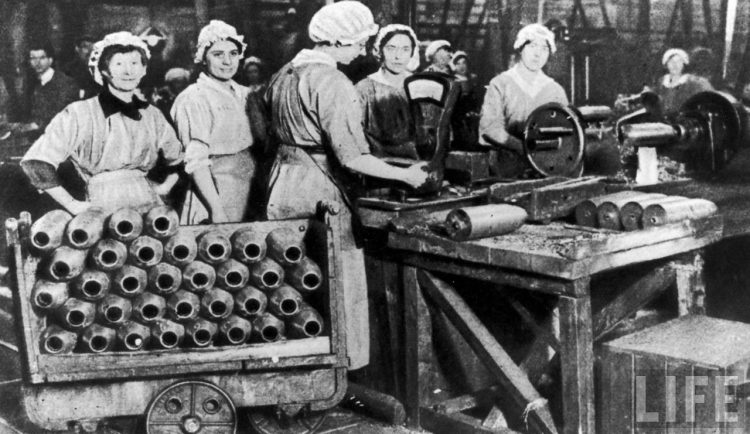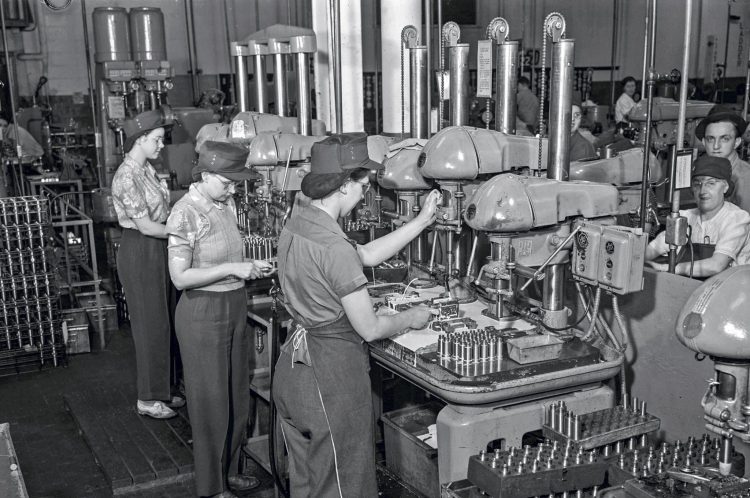A Peek into the Past
About 104 years ago, a Serbia nationalist triggered the Great War that left nearly 40 million people dead and another 23 million wounded. Historians attribute the war to imperialism, militarism, alliances among world powers and hardcore nationalism. But the immediate reason for WWI was the assassination of Archduke Franz Ferdinand, the emperor-in-waiting of Austria-Hungary. Gavrilo Princip, a member of the ultranationalist group called Black Hand, shot the Archduke and his wife Sophie dead at Sarajevo, Bosnia June 28, 1914 when the couple was on their way to attend a felicitation programme at a town hall.
The assassination was in protest against Austria-Hungary exerting control over Sarajevo. The tragedy led to Austria-Hungary declaring war against Serbia, which sparked a series of events that resulted in the allies of Austria-Hungary and Serbia too to declare war against each other leading to the ‘war to end all wars.’
War Participants
Two big alliance blocs – the Triple Alliance (Germany, Austria-Hungary and Italy) and the Triple Entente (France, Russia, Britain) – were formed before 1914, the year WWI started. The Ottoman Empire (Turkey plus the Middle East) and Bulgaria later joined Germany and Austria-Hungary. The war quickly drew in countries that were not part of the Triple Entente including Serbia, empire of France, Belgium, empire of Britain, Canada and Australia and they were known as Allies. Italy changed sides and joined the Allies in 1914. Other allied nations included Portugal, Japan, Greece, Romania, China and various South American countries. The United States fought alongside the Allies from 1917, but as an ‘Associated Power’ with no formal military alliance.
Following the war, there was a sea change in political, social and economic life the world over.
Political Transformation
The WWI politically transformed most of the principal parties engaged in the conflict and led to loss and gain of territories. The period also saw other developments including the emergence of Communism, rise of Asian powers, and the beginning of the end of colonialism in many places. It also marked the beginning of the collapse of the British empire.
Emergence of Communism
Following the October revolution, Russia became the world’s first constitutionally socialist state in 1917. In 1922, it joined other former territories of the empire to become the Union of Soviet Socialist Republics (USSR). Years later, in 1949, after a war against Japanese occupation and a civil war resulting in a Communist victory, the People’s Republic of China (PRC) was established. Communist states were also established in Cambodia, Cuba, Laos and Vietnam. In 1989, the Communist states in Eastern Europe collapsed under public pressure during a wave of non-violent movements which led to the dissolution of the Soviet Union in 1991.
Rise of Japan
Japan was one of the Allies during WWI. With British assistance, Japanese forces attacked Germany’s territories in Shandong province in China, including the East Asian coaling base of the Imperial German navy. The German forces surrendered to Japan in November 1914. At the Paris Peace Conference in 1919, Japan was granted all of Germany’s pre-war rights in Shandong province in China (despite China also being one of the Allies during the war): outright possession of the territory of Jiaozhou Bay and favourable commercial rights throughout the rest of the province, as well as a mandate over the German Pacific island possessions that the Japanese navy had taken. Also, Japan was granted a permanent seat on the Council of the League of Nations.
Beginning of the End of British Empire
The decade following 1918 saw major inter-state conflicts within collapsing states and imperial polities. British Army Chief General Sir Henry Wilson was forthright in expressing the view that the British Empire was far worse off than it had been at the start of the First World War. With Ireland wresting independence, Egypt on the brink of negotiating a new settlement and India racked by mass political upheavals, the British empire seemed to be on the verge of collapse, Sir Wilson said.
Impact on India
India was drawn into the war as a major source of manpower and material. Mobilisation of resources from the country affected it badly. Basic commodities like wheat, rice, sugar, tea and coffee were sent to Europe to meet war requirements causing scarcities and price rise in the domestic market. Sharp price rises badly hit consumers. Villages experienced shortage of farm hands, carpenters and other artisans as a large number of youths from rural areas were recruited in the British army. About a million Indian men were mobilised for the war by Britain.
On the other hand, a group of entrepreneurs who managed to get war supply contracts made quick and big money.
In a bid to generate excess revenue to meet war expenses, the British government increased tax rates and the pain was felt everywhere in India.
The conflict caused logistical problems for the British government to maintain the supply lines from Britain to the far-flung war fronts in Africa and elsewhere. This gave opportunities for local industrialists to set up war goods oriented industries in the country. A good number of factories mushroomed in centres like Mumbai boosting employment and the economy.
Socio-Economic Changes
Nations that gained or regained territory or achieved independence after WWI
Gainers
Australia, Austria, Belgium, Czechoslovakia, Denmark, Estonia, Finland, France, Greece, Hungary, Ireland, Italy, Japan, Latvia, Lithuania, New Zealand, Romania, South Africa, UK, Yugoslavia
Losers
Bulgaria, China, Germany, Hungary, Montenegro, Russia, Turkey
Setback for Major Powers
The war turned UK from one of the world’s largest overseas investors to one of the biggest debtors with interest payments forming around 40 per cent of all government expenditure. Inflation doubled between 1914 and reached its peak in 1920. The value of the British pound fell by 61.2 per cent, according to a report. London lost its position as the world’s financial capital.
Similarly, France was in economic ruin. Investment fell 44 per cent from pre-war levels. As the loser, when Germany was forced to print more money to pay its debts, it created astronomical “hyperinflation,” the worst ever seen in history. The buying power of German money simply disintegrated.
Industrial Revolution in US
Industrial production in America increased after it joined the war in 1917. Manufacturers had to keep up production to support the war. New technologies were developed to produce more material in less time. More employment opportunities were thus created. The finances of the public, which had been poor since the recession of 1897, improved.
Women in the Workplace
A large number of women were recruited into jobs vacated by men who had gone to the war. New job opportunities were also created as part of the war effort, for example in munitions factories. The high demand for weapons resulted in the munitions factories becoming the largest single employer of women during 1918. Though there was initial resistance to hiring women for what was seen as ‘men’s work’, the introduction of conscription in 1916 made the need for women workers urgent. This led to women working in jobs hitherto reserved for men, for example as railway guards and ticket collectors, buses and tram conductors, postal workers, police, fire-fighters and as bank tellers and clerks. Women’s employment rates increased during WWI, from 23.6 per cent of the working age population in 1914 up to 46.7 per cent in 1918.
Science and Technology
While the WWI witnessed the use of weapons on a scale unseen in the years before 1914, it also led to a lot of scientific and medical progress.
Medicine
WWI presented incredibly challenging circumstances for doctors, surgeons and nurses. In finding wartime treatments for diseases like trench mouth, venereal disease, Spanish influenza and injuries, new medical practices were born.
The discovery of the tetanus antitoxin in the late 19th century meant that tetanus was no longer a danger for soldiers wounded in battle.
Joyce, a surgeon, discovered a bacterium that broke down human flesh. This could be applied to wounds that would not heal, removing the flesh that was preventing healing, and therefore ridding the wound of infection and promoting recovery.
Technology
During WWI, trinitrotoluene (which was originally synthesised to make dye) or TNT was used as an explosive. It proved to be relatively safe to handle and hard to detonate, allowing TNT-filled shells to pierce enemy armour before detonating. Today, TNT is still used in munitions – most notably in landmines – as well as in demolition work.
WWI enabled the discovery of many chemical processes that help sustain the society today.
Germany used ammonia to maintain their munitions manufacturing once their supply lines were cut off, as well as fixing nitrogen to use as fertiliser, which is still used in agriculture.
Machine Gun
The use of automatic weapons in WWI saw soldiers discharging up to 600 rounds in 60 seconds. While rifles were standard issue to all soldiers, machine guns were put to major use for the first time during the war.
Tanks
WWI also saw the use of flamethrowers and mortars, and serious scientific advancements in artillery in both production and accuracy of weapons. As the battlefield terrain was a problem for horses and regular vehicles, US Caterpillar tractors were used to transport supplies to the trenches. From here, the tank evolved.
Submarines
Submarines also saw some of their earliest uses in battle during WWI. At the beginning of the war, the Germans had 29 U-boats in their fleet, sinking five Allied ships in the first few months.
Hydrophones
Originally called Sonar by the Americans and ASDIC by the British, the primary method for detecting underwater ships during WWI – echolocation – used the reflection of sound waves to determine the position of submarines. While sonar was discovered in the late 19th century, WWI drove the use of more powerful equipment due to technological advances over the previous 20 years.
Ultrasound Technique
Ultrasound was first commercialised in Australia after the CSIRO discovered that ultrasound echoes could be used to identify internal anomalies in the human body. One of its most common modern uses is to non-invasively monitor the growth of a foetus during pregnancy.
Aircraft Carriers
The first real aircraft carrier was the HMS Furious, which began life as a 786-foot-long battle cruiser equipped with two massive 18-inch guns—until British naval designers figured out that these guns were so large they might shake the ship to pieces. Looking for another use for the vessel, they built a long platform capable of both launching and landing airplanes.
Air Traffic Control
US Army installed the first operational two-way radios in planes during the Great War. Development began in 1915 at San Diego, and by 1916 technicians could send a radio telegraph over a distance of 225 kms; radio telegraph messages were also exchanged between planes in flight. Finally, in 1917, for the first time a human voice was transmitted by radio from a plane in flight to an operator on the ground.
Pilotless Drones
The first pilotless drone was developed for the US Navy in 1916 and 1917 by two inventors, Elmer Sperry and Peter Hewitt, who originally designed it as an unmanned aerial bomb —essentially a prototype cruise missile. The first unmanned flight in history occurred on Long Island March 6, 1918.
Impact on Odisha
The impact of WWI was not felt much in Odisha. War news was reported only in two vernacular newspapers Utkala Deepika and Asha, said Sangram Jena, a poet and Kendra Sahitya Akademi awardee who has written a book on the World Wars. Noted freedom fighter and reformer Utkala Mani Gopabandhu Das has written in detail about the suffering of the people and how the war left a trail of misery affecting the rich and poor alike. People were dying like insects suffering from unknown diseases in the aftermath of war, he wrote. Harekrushna Mahatab, a notable figure of the Indian Independence movement and a former Chief Minister of the state, narrated in his autobiography that he was watched by CID officers when he was a student during World War I. Playwright Pranabandhu Kar summed up the sentiment of the people in his short story Sua Muhanre Patara. The protagonist of the story says, if nothing, the wars gave at least two words to the people of the state – ‘Kalabazaar’ (black marketing) and ‘Control’.
BIJAY MANDAL, OP & SOYONG, OP
Also read:
